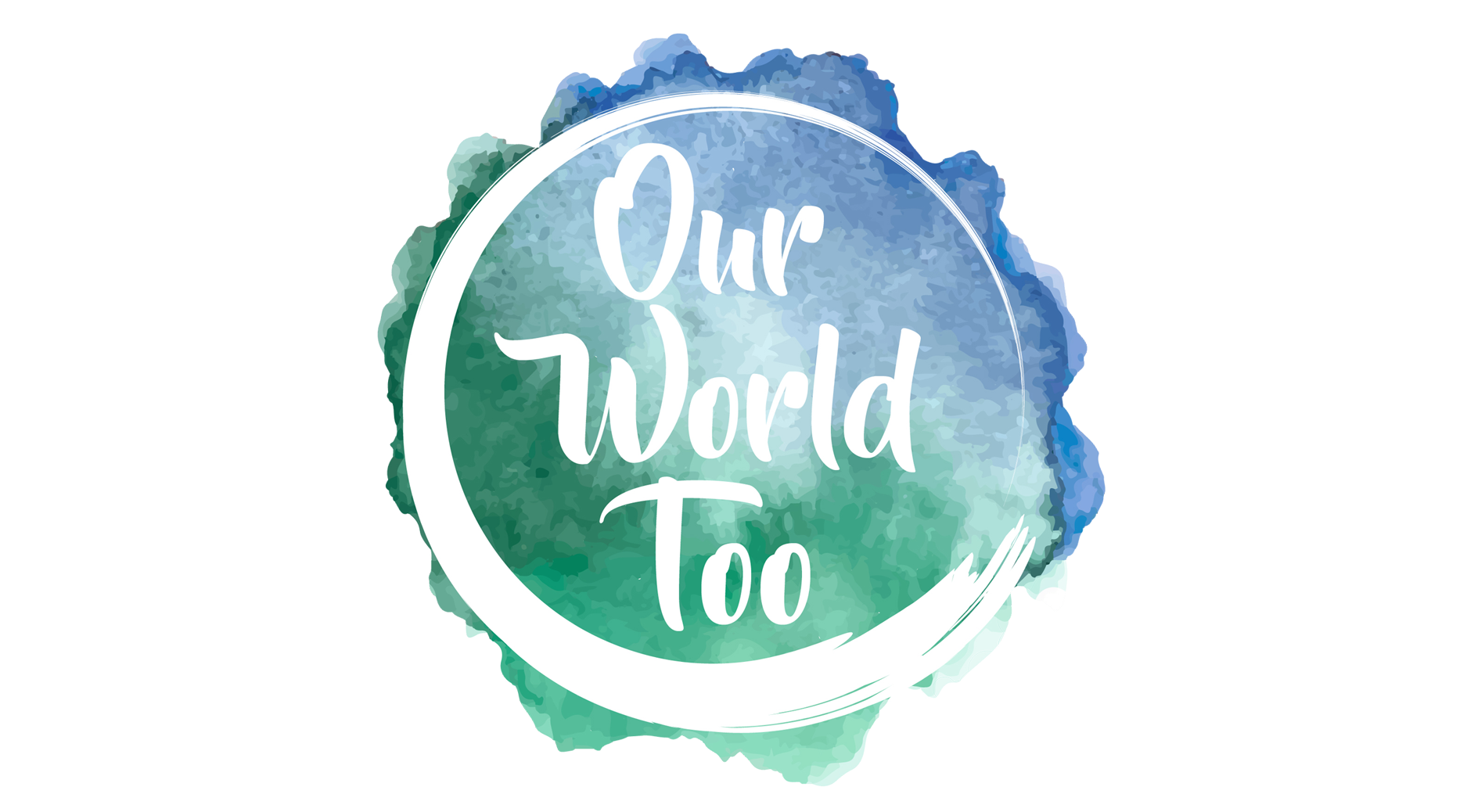The Illusion of Change: How Biden’s Policies at the US-Mexico Border Continue to Fuel a Looming Humanitarian Crisis
On May 11th, the Biden Administration lifted covid-related restrictions on migration at the US-Mexico border. Simultaneously, it implemented a series of policies aimed at curtailing the flow of migrants from Central and South America that immediately made seeking asylum in the US more difficult. Since these rules changed, the rate of irregular migration and asylum claims have gone down. However, with immoral asylum policies and an unwillingness to address the underlying causes of irregular migration, the Biden Administration has done little more than create the preconditions for human rights abuses and a humanitarian crisis at the border.
Title 42
In March 2020, the Trump Administration invoked its executive authority under Title 42 of the 1944 Public Health Act to limit migration to curb public health threats. The Administration argued that limits were necessary to reduce Covid cases in immigration detention facilities despite the objections of public health officials who argued that reducing migration would not meaningfully slow Covid infection rates. Subsequent reporting revealed that talks of invoking this restriction had been happening within the Administration as far back as 2018, indicating that those in power sought to reduce migration and asylum, not disease.
Under Title 42, those crossing the border irregularly to seek asylum were turned away, despite international and domestic law entitling them to the right to seek refugee protection. Between 2020 and 2023, border officials turned migrants away nearly 3 million times at the US-Mexico border. After taking office in January 2021, President Biden decided to perpetuate this immoral policy instead of taking concrete steps to address migration and asylum at the border.
The consequences of this policy have been felt most acutely by refugees fleeing violence, unable to make the border crossing to reach safety. Under Title 42, those seeking asylum in the US had to book an appointment with border officials through a mobile app called CBP One. Limited appointments, long wait times, and inconsistent access to technology meant that for the most vulnerable, it is difficult—if not impossible—to actually make an asylum claim. After travelling in dangerous conditions as a last resort to flee violence, asylum-seekers are stranded in shelters and makeshift camps every day as they try to get appointments through this system.
After Title 42
On May 11th, along with the official end of the Covid-19 public health emergency, the Biden Administration lifted Title 42 restrictions on migrants. In place of these restrictions, the Administration has implemented a new set of border policies that impact migrants and asylum-seekers which are similarly onerous as those presented by Title 42. Under the new rules, those who apply for asylum in the US will be turned away if they transited through a country on their way to the US without applying for and being denied asylum in that country first. Additionally, those who cross the border irregularly cannot apply for asylum once they arrive. Instead, all asylum applications (with a few limited exceptions) at the southern border will need to be processed through the CBP One app. Those who do cross the border irregularly will be subject to expedited removal and barred from entering the US for five years.
The Administration claims that these new rules will deter irregular crossings and undercut the power of criminal organizations engaging in trafficking and smuggling, but this ignores the reality that those in danger and those lacking security in their home countries or as they wait in Mexico to cross will still make the attempt. We have seen time and time again around the globe that increasingly draconian border policy increases the danger of border crossings without deterring it.
Looking Ahead
In the weeks since this policy change was implemented, we have not seen a large influx in border crossings into the US as many speculated would happen. The Biden Administration is claiming credit for reducing irregular border crossings with their new policies, but there are still large numbers of migrants from Central America, Mexico, and elsewhere just south of the border, in shelters and makeshift camps, weighing their options moving forward. Shelters in nearly every Mexican border city are beyond capacity, and resources are becoming strained in these border towns.
Some have been waiting years to cross, some have already made the border crossing irregularly and been returned, and many more are still fleeing violence and will arrive in the coming weeks and months. As a potential humanitarian crisis on the Mexican side of the border looms, it is only a matter of time before irregular crossings increase.
With millions of asylum cases currently pending in the US, presidential administrations across the political spectrum engaging in anti-refugee and anti-migrant policies, and with no attempts being made internationally to address the regional instability that has created the present migration crisis, it is likely that the growing crisis at the US-Mexico border will continue to get worse.
Similar situations are present around the world as governments utilise every tool at their disposal to circumvent their obligations under international law and keep those, they deem undesirable outside of their borders. In this case, the Biden Administration, using restrictive and potentially unconstitutional means to solve its political problem at the border, has bought itself some time at the expense of human life and a more dire situation in the future.
